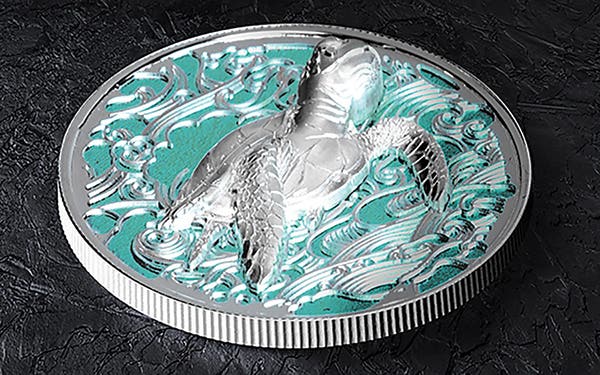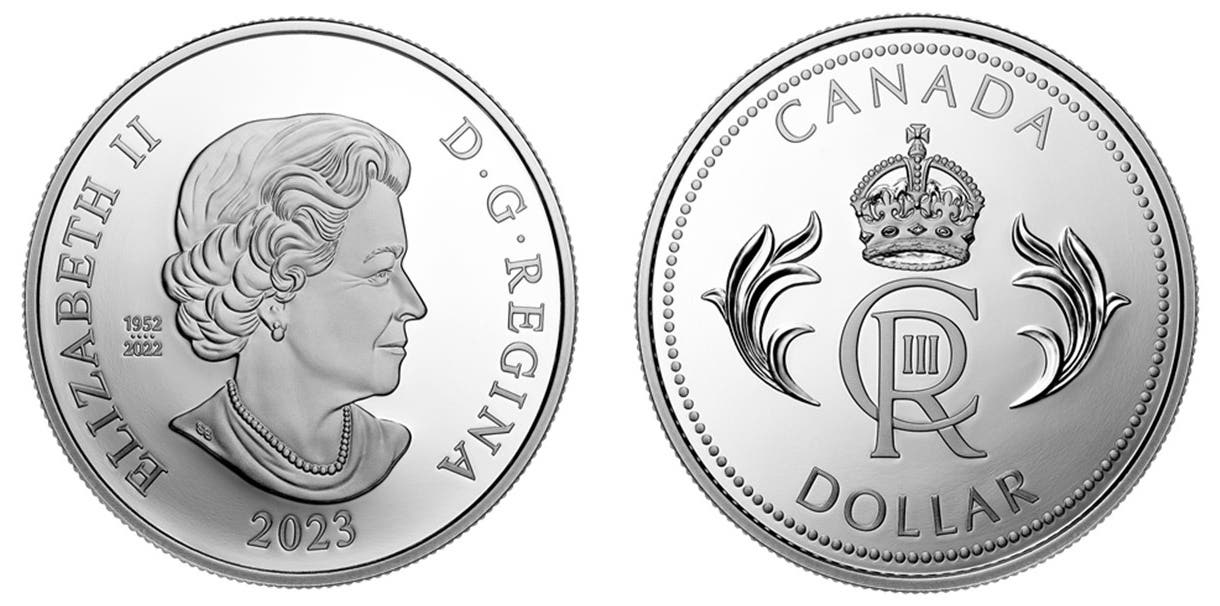Malaysia Mint Procurement Notice
A procurement notice for the “Tender for the Sale and Meltdown of Copper Nickel and Nickel Raw Metals as Scrap” recently issued by the Bank Negara Malaysia (Malaysia Central Bank)…
A procurement notice for the “Tender for the Sale and Meltdown of Copper Nickel and Nickel Raw Metals as Scrap” recently issued by the Bank Negara Malaysia (Malaysia Central Bank) gives a rare view inside into the way mints buy and sell their raw materials from which coins are manufactured.
On Sept. 17 the bank posted a statement inviting proposals from prospective companies to respond to the central bank’s tender invite involving the sale and meltdown of copper-nickel and nickel as scrap. All offers were to be presented by Oct. 15. The bank did not specify reasons behind the planned sale and meltdown in the statement.
The central bank stated in its most recent annual report that bank notes are contracted through outside sources, but coins continue to be minted at Malaysia’s Kilang Wang minting facility in Shah Alam.
According to the report, “In 2020 we collected and re-circulated 82.1 million coins or 9.1 percent of KWG’s annual output. This represented a considerable cost saving. Nevertheless, the challenge remains to get the public to re-circulate more coins kept at home when making payment for retail transactions.”
The tender invitation reads: “to respond to this advertisement to purchase copper-nickel and nickel raw metals, available in various forms, as scrap.” There is no specific mention of coins.
The current series of coins circulating in Malaysia was introduced in 2011. Each carry the theme Distinctively Malaysia. The coins feature flora and fauna that “reflect the diversity and richness of Malaysia’s national identity.” The series consist of stainless steel 5- and 10-sen coins, a nickel-brass 20 sen, and a nickel-brass clad copper 50 sen. The coins, according to then Deputy Finance Minister Datuk Donald Lim, were planned to reduce production costs by 49 percent through the changes being made in metal composition. Coinage blanks were supplied by the fabricated non-ferrous metal division of the South Korean company Poogsan Corporation.
The current procurement notice requires bidding companies meet nine requirements. These requirements include that each company be registered either domestically or overseas, that each company must have a net worth of at least $1 million U.S. (about 4.19 million ringget Malaysian) within their latest audited financial year, each bidder show a “positive net profit margin for the last three financial years,” and that each bidder “possess a facility to melt the raw metals.” No further explanation of why such requirements were demanded was given.








